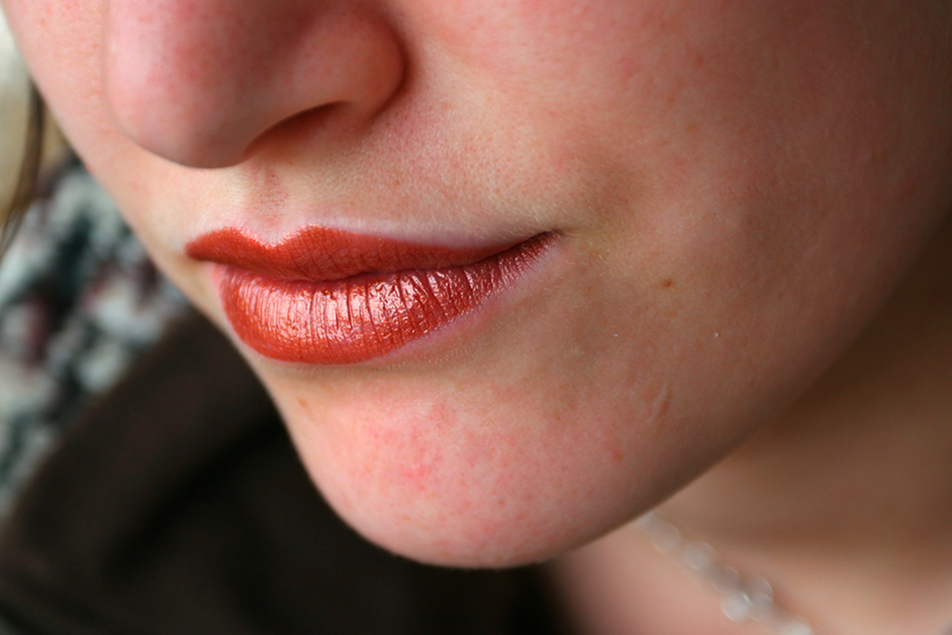
Rosy cheeks seem romantic, but for many, they are a symptom of the inflammatory condition rosacea. The experts at PPG - Dermatology explain the causes, treatments and situations that could make the effects worse.
What is rosacea?
Rosacea is an inflammatory condition involving the central face that starts with the patient blushing/flushing easily. It involves redness and visible small blood vessels, which are swelling. Sometimes patients will see pimple-like lesions or changes in their skin texture (thickening, especially of the nose). It can also involve the eyes (ocular rosacea), which presents as burning/stinging in the eyes.
What causes rosacea?
We know there’s a genetic component, but aside from that, there are multiple thoughts as to what might contribute to the condition. Demodex is a mite within the hair follicles of all people but is found more often in individuals with rosacea. H pylori, a bacteria that can cause gut infections, may also contribute to certain patients. Cathelicidins can cause redness and swelling.
What can someone do to calm the appearance?
Be sure to apply sun protection spf30 + daily. Natural, green-based makeup can help. Laser treatment helps with erythema (patchy redness/irritation). Your dermatologist can also prescribe medications to help with pimple lesions and sometimes redness. There are also procedures that can help with rhinophyma (thickening of the tissue of the nose).
Are there certain situations that make rosacea worse?
Triggers include situations where you would normally blush/flush (public speaking), sun exposure, extreme heat and cold, spicy foods, alcohol (especially red wine), wind/cold, exercise and vigorous scrubbing/irritation of the skin.